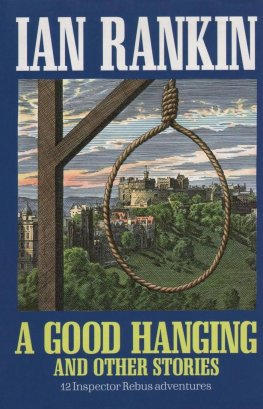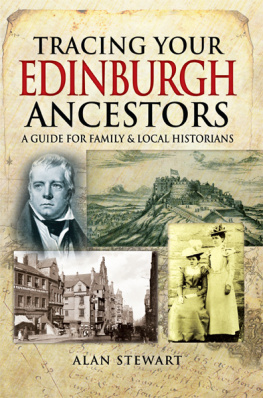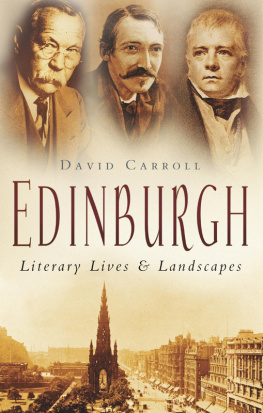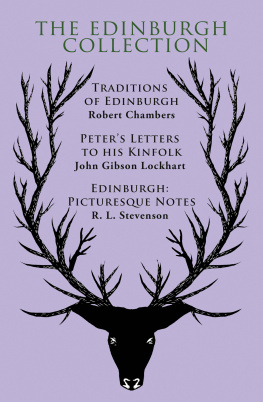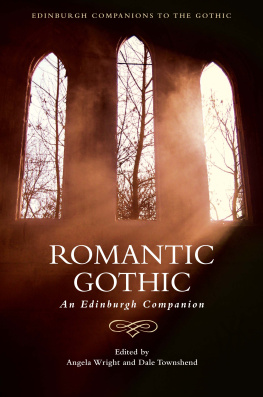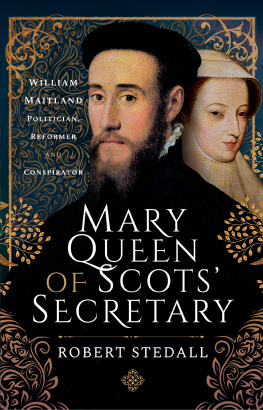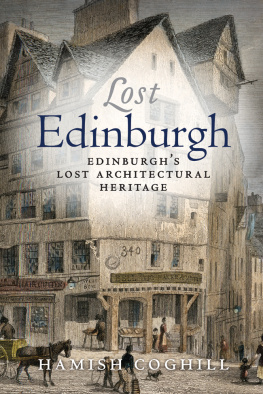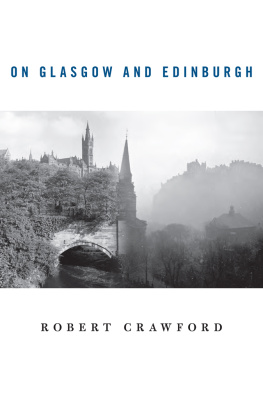MICHAEL FRY
EDINBURGH
A History of the City
MACMILLAN
CONTENTS
Introduction
One of the excellences of Edinburgh is the number and richness of its archives. Research for this book has been carried out at the National Library of Scotland, the Edinburgh City Archive, the Edinburgh Room of the Central Library, Edinburgh University Library and the library of New College. I wish to thank the staffs of all of these for the unstinting courtesy and efficiency of their service. Sometimes, in the depths of the northern winter, the chill within their hallowed halls seemed to exceed the chill without of the foulest climate under heaven (Robert Louis Stevenson). But the warmth of the welcome more than compensated.
I am especially grateful to a number of individuals who helped me to find my way through public collections and otherwise offered information, rare books or sundry other aids to research. At the National Museum of Scotland I received invaluable advice and assistance from David Forsyth and Andrew Heald. John Cairns, professor of legal history at the University of Edinburgh, supplied me with offprints of learned articles and supplementary comment. Willis Pickard kept me right on education in Edinburgh. Although I could have asked Robin Angus about many matters, his help with religious history proved the most useful. Stuart Kelly furnished me with several literary references. Brian Monteith was my consultant on popular culture. Henry Cowper and the late Angus Calder gave me their reminiscences, the latter also his illuminating thoughts on the relationship between Mary Queen of Scots and John Knox. Ross Leckie construed some Latin that was foxing me. Two patriotic sons of Midlothian, Peter Smaill and Andrew Wauchope of Niddrie, briefed me on the rustic hinterland of Edinburgh and were perhaps a little disappointed that I still wanted to write about the city itself. In the county, Mrs Althea Dundas-Bekker of Arniston kindly answered an enquiry and let me read a manuscript that will bear fruit not in the present work, as I had hoped, but elsewhere.
The student of Edinburgh is fortunate that so many primary sources for its past and present have found their way into print. The earliest serious study of the Scottish capital was published in 1779, and is still of value. Before long, Sir Walter Scott raised this history into a scholarly and popular obsession. He was born in the city, dwelt in the city, loved the city and made it come to life in everything he wrote about it. Yet even he, despite stupendous energy and diligent interrogation of the literary remains, could not exhaust all there was to say. In the same meticulous spirit others sought to complete his telling of a great story. It went about as far as it could in the three weighty volumes of James Grants Old and New Edinburgh (1880), published by the house of John Cassell. This set out street by street, sometimes house by house, every picturesque detail, together with much more, that had ever been recorded. The modern historian seldom has reason to retrace the ground Grant covered.
The essentially antiquarian approach to Edinburghs past was far from exhausted, all the same. The rebuilding of the ancient core of the city proceeded in the nineteenth century, in contrast to the twentieth century, in a spirit of respect for its historic character; few visitors today will be aware that most of the urban fabric is Victorian. But some living at the time viewed the losses with dismay. One result was the foundation of the Old Edinburgh Club in 1908, which brought out an annual Book of the Old Edinburgh Club, putting into print the papers read to it. This soon became a valuable supplement to and extension of the older labours. Like much else in the city, it had trouble keeping going through the mid-twentieth century, and in fact ceased publication for a number of years. Thanks to the efforts of Dr Iain Brown it has now revived. The old and the new series continue to be valuable sources for the history of Edinburgh.
A different sort of historiography became possible from 1869 with publication of the first volume of Extracts from the Records of the Burgh of Edinburgh, one of many public-spirited undertakings patronized by the greatest lord provost of the nineteenth century, William Chambers. The editor was James Marwick, the town clerk, who completed three more volumes by 1882. The project lapsed until taken up again in 1926 by Marguerite Wood and then by Helen Armet, whose devotion produced a further nine volumes, taking the series down to 1718, the last of these published in 1967. The editorial work was exemplary, faithful in all textual particulars to the manuscript originals and with marginal notes to guide the modern enquirer through a daunting mass of detail. Nothing more has so far followed, and it is perhaps high time for the town council to consider continuing the series down to, say, the municipal reform of 1833.
In a different category, one work on a scholarly par with the public records is the wonderful volume on Edinburgh in the series The Buildings of Scotland (1984 and subsequent editions) by John Gifford, the late Colin McWilliam and David Walker. I have used it as a primary source, indeed as a Bible. I have seldom found in it anything with which I might venture to disagree the only notable exception being my view of what the High Street looked like, or could have come to look like, in the seventeenth century.
Given the amplitude of the available materials, it is surprising that since those pioneering works of the nineteenth century no history of Edinburgh from beginning to end, from the eruption of the volcano to the recall of the Scottish Parliament, has been attempted. In recent times some excellent books have appeared on portions of that history on the Reformation, on the Civil Wars, above all on the Enlightenment. But there has been no general work on Edinburgh matching those on other cities from the hands of, say, Jan Morris or Alistair Horne, Peter Ackroyd or A. N. Wilson. They and others have transformed urban history into something much more than a dry academic specialism. Edinburgh, the first of modern cities, rebuilt in the eighteenth century as a machine for rational living, deserves no less.
I have made that era the focal point of what I have to say, starting each chapter with an enlightened episode. This is the coign of vantage from which the reader can then view the city in the light of history and take the measure of its future development. It does not turn out quite as one might expect.
Edinburgh,
September 2008
Linguistic Note
Over the thirty centuries of its history, Edinburgh has used several languages. Only in the last two centuries has Standard English become the most important, and even then in writing rather than in speech.
When the term Scots is employed in the text below, it should be taken to mean, in particular, the spoken vernacular of Edinburgh and the written expression of it. This is similar to, but in pronunciation and vocabulary not identical with, the dialects spoken immediately to the north, west and south. If Scotland had remained an independent country the Scots of Edinburgh would doubtless have become her standard language, but that was not to be. The speaker of Standard English will find its relationship to the Scots of Edinburgh varies: sometimes they are close and mutually comprehensible, sometimes less so, or hardly at all.
Quotations in Scots I have left alone if it seems to me that a speaker of Standard English will readily understand them. If there is just a word or two that might not be understood, I have given an equivalent in square brackets. But in all cases where it appears to me that understanding might be seriously disturbed for any reader not familiar with Scots, I have provided a full translation. The same is, of course, true for those languages used at one time or another in Edinburgh which now have to count as alien to the city: Brythonic or Old Welsh, Old Northumbrian, Gaelic, Latin and French.



